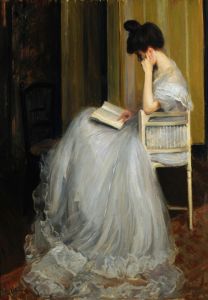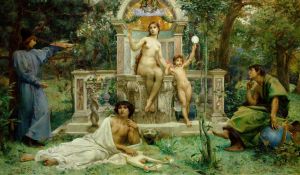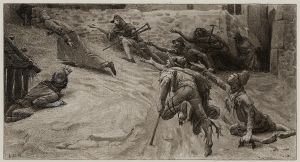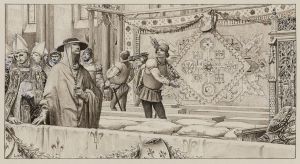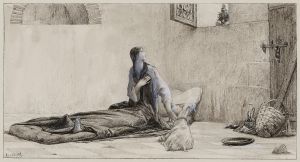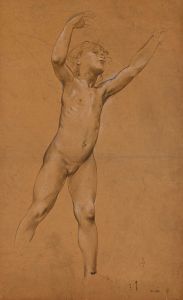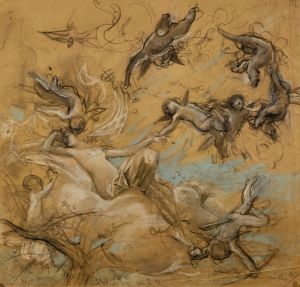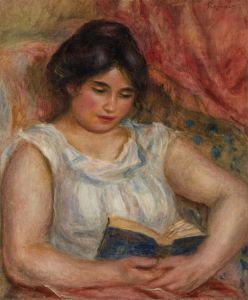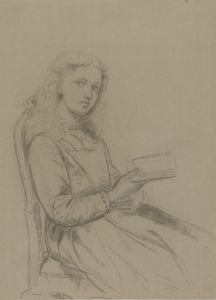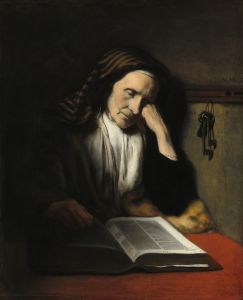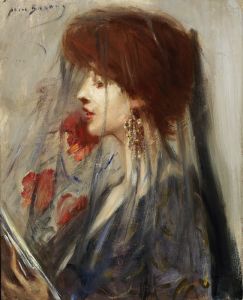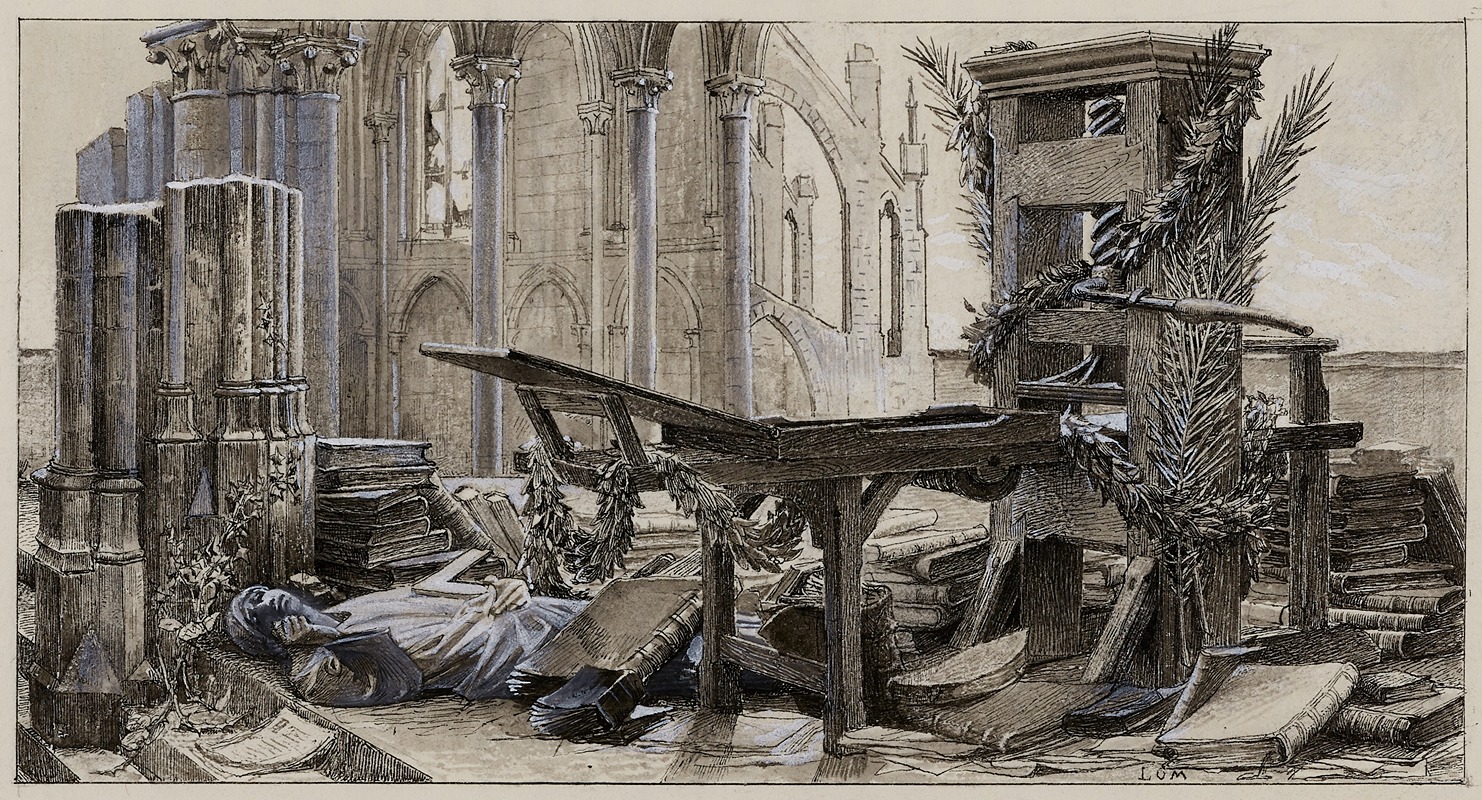
Ceci tuera cela
A hand-painted replica of Luc-Olivier Merson’s masterpiece Ceci tuera cela, meticulously crafted by professional artists to capture the true essence of the original. Each piece is created with museum-quality canvas and rare mineral pigments, carefully painted by experienced artists with delicate brushstrokes and rich, layered colors to perfectly recreate the texture of the original artwork. Unlike machine-printed reproductions, this hand-painted version brings the painting to life, infused with the artist’s emotions and skill in every stroke. Whether for personal collection or home decoration, it instantly elevates the artistic atmosphere of any space.
Luc-Olivier Merson's painting Ceci tuera cela (translated as "This will kill that") is a notable work of 19th-century French art that reflects the artist's engagement with themes of technological and cultural change. The painting, created in 1888, takes its title from a famous line in Victor Hugo's novel Notre-Dame de Paris (commonly known in English as The Hunchback of Notre-Dame). In the novel, the phrase "Ceci tuera cela" is spoken by the character Claude Frollo, who predicts that the invention of the printing press ("this") will lead to the decline of architecture ("that") as the dominant medium of cultural expression.
Merson's painting visually interprets this idea by juxtaposing the old and the new. It depicts a dramatic scene inside a Gothic cathedral, where a large printing press is placed incongruously amidst the sacred space of religious architecture. The press, a symbol of modernity and mass communication, contrasts sharply with the intricate stone carvings and the spiritual atmosphere of the cathedral. The painting captures the tension between tradition and progress, echoing the anxieties of the 19th century, a period marked by rapid industrialization and technological advancements.
Luc-Olivier Merson (1846–1920) was a French academic painter and illustrator known for his detailed and often allegorical works. He was a prominent figure in the Symbolist movement and gained recognition for his ability to blend historical and literary themes with a meticulous artistic style. Merson's works often explored the relationship between past and present, and Ceci tuera cela is a prime example of his interest in the cultural implications of technological change.
The painting was exhibited at the Paris Salon of 1888, an annual art exhibition that showcased the works of leading artists of the time. It was well-received for its intellectual depth and technical execution. The work is often cited as an example of how 19th-century artists engaged with the ideas of Victor Hugo and other Romantic writers, who were deeply concerned with the impact of modernity on traditional forms of art and culture.
Today, Ceci tuera cela is recognized as a significant piece of Merson's oeuvre and a thought-provoking commentary on the transformative power of technology. The painting is housed in the Musée des Beaux-Arts in Nantes, France, where it continues to be appreciated for its historical and artistic significance.






